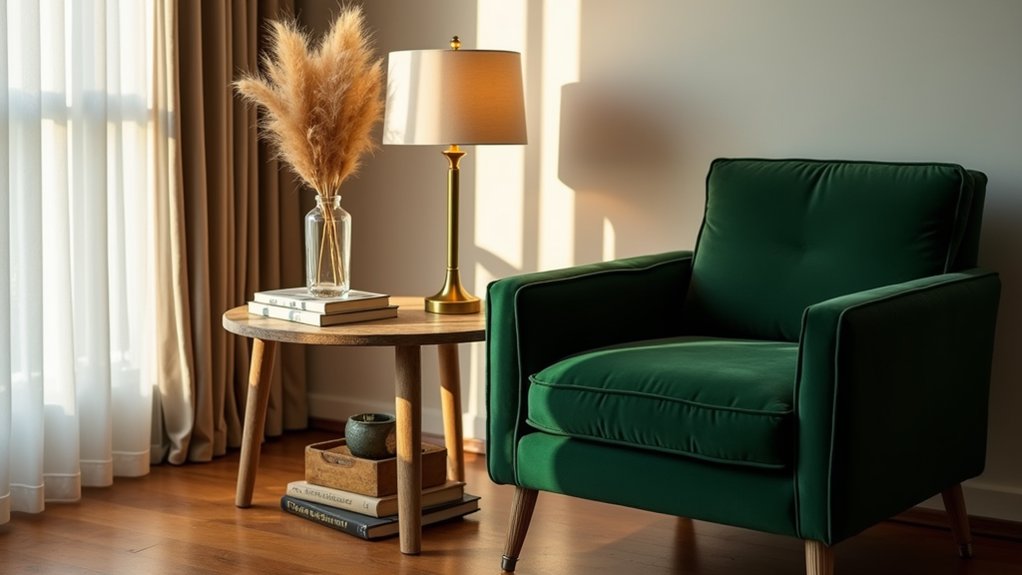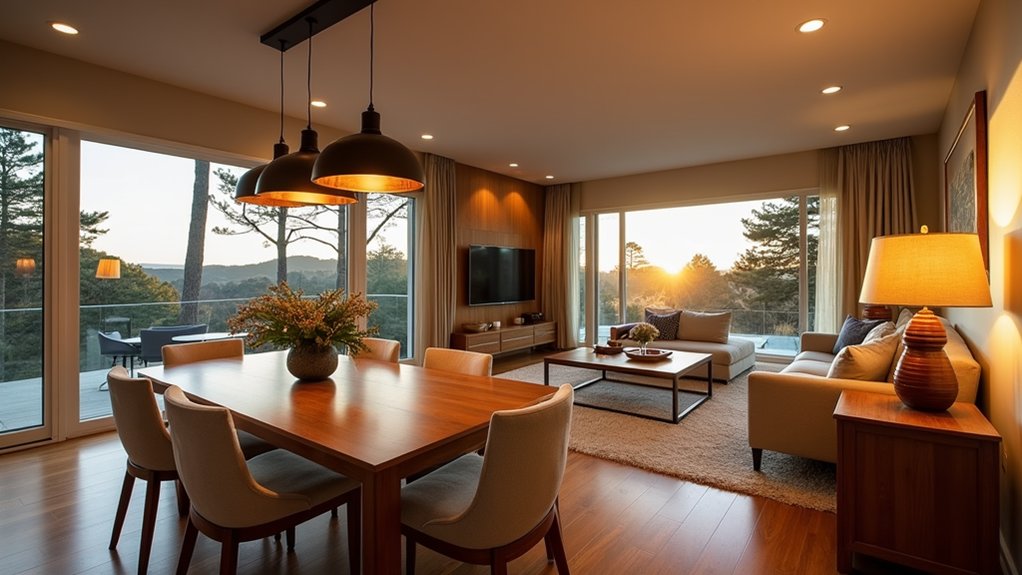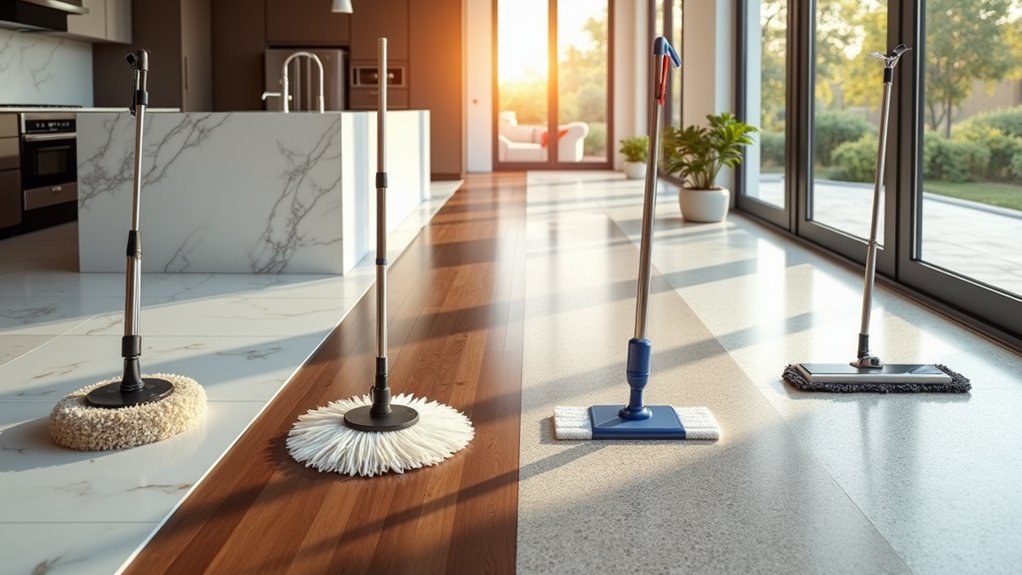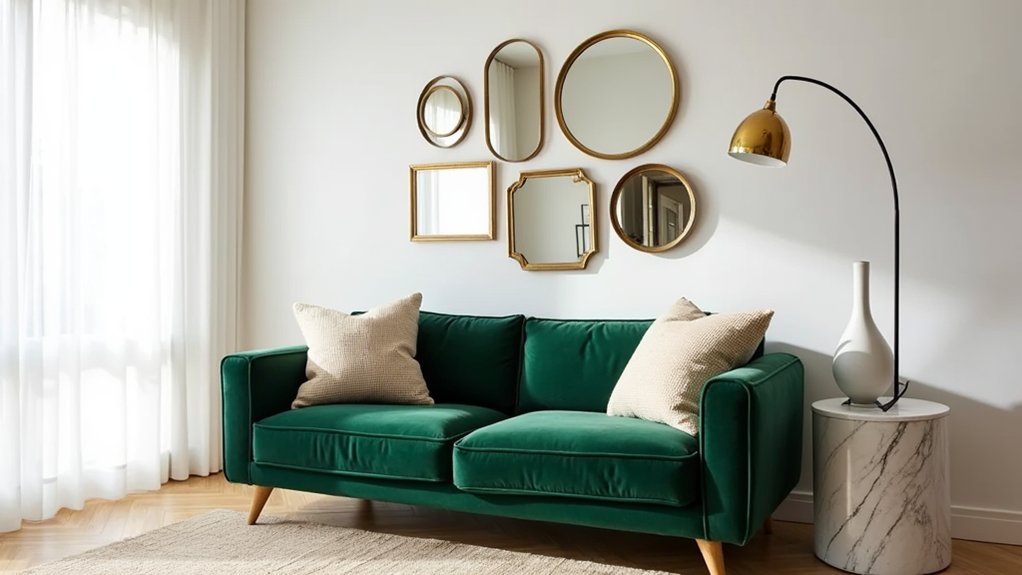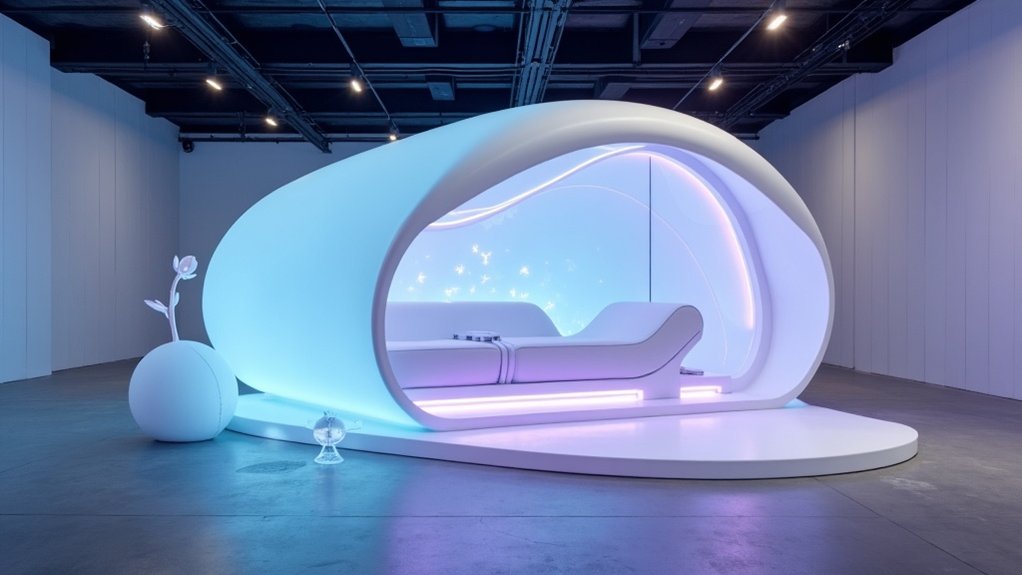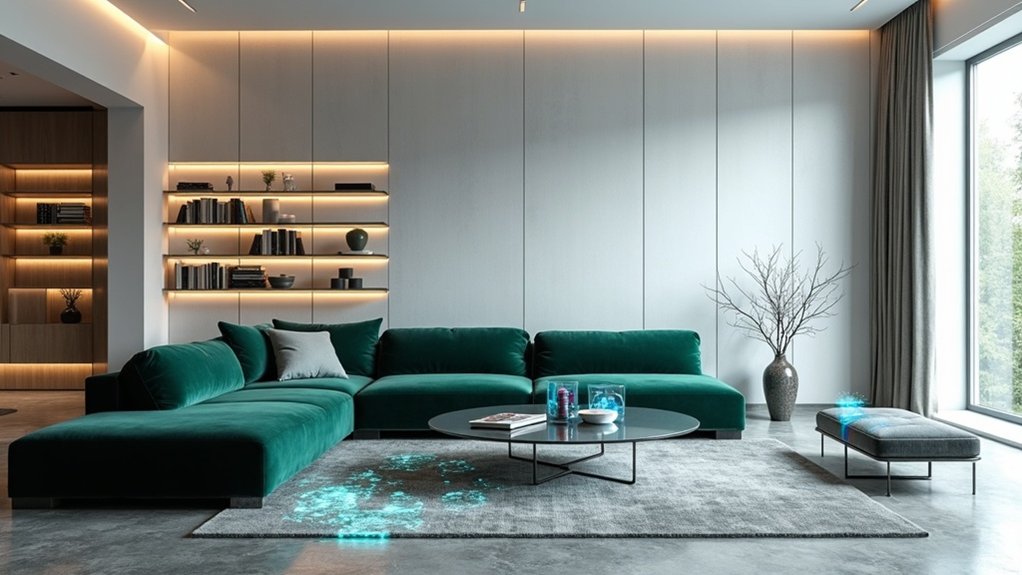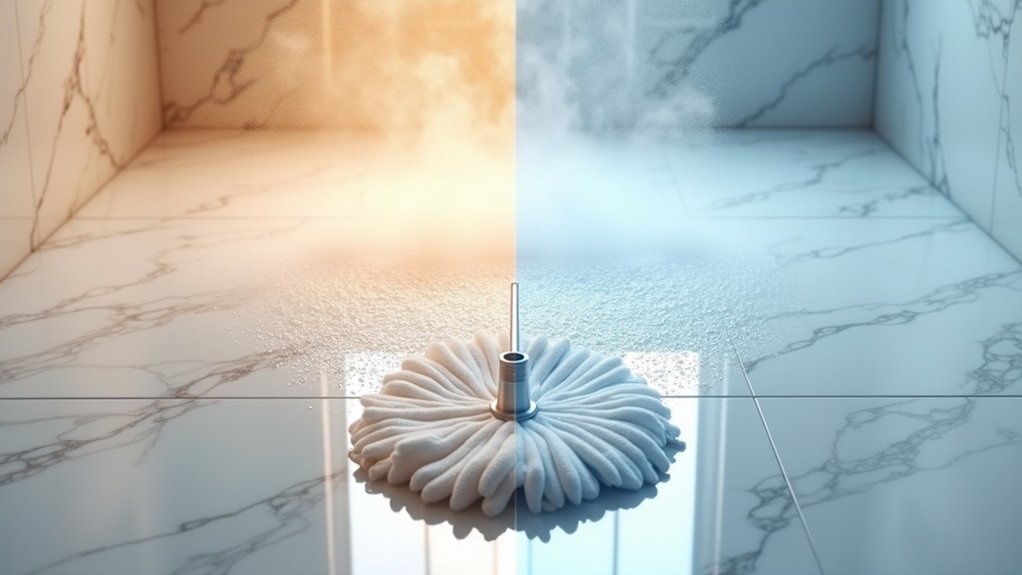The modern homeowner faces an increasingly complex challenge: creating sophisticated living spaces that reflect personal style without depleting financial resources or overwhelming busy schedules. Interior design expert Nate Berkus offers a refreshing perspective on achieving enhanced aesthetics through strategic planning and thoughtful investment rather than unlimited spending.
The cornerstone of budget-conscious design lies in focusing efforts on one room at a time. This concentrated approach prevents the common mistake of spreading resources too thin across multiple spaces, which often results in incomplete projects and diluted visual impact. By completing a single room before moving to the next, homeowners experience immediate satisfaction while allowing time to replenish funds between transformations. This method guarantees each space receives the attention necessary for unified design execution.
Complete one room fully before starting another to maximize impact and prevent diluted results across multiple unfinished spaces.
Within each room, Berkus advocates investing in quality statement pieces that anchor the overall aesthetic. A well-chosen sofa or dining table might command a significant portion of the budget, but these foundational elements provide lasting value and can transition between homes. Surrounding these investment pieces with carefully selected budget-friendly accessories creates a balanced interior that appears far more expensive than its actual cost. The strategic layering of textiles such as mohair, bouclé, and velvet through throw blankets and accent pillows adds depth and warmth without requiring major furniture investments.
Creative solutions transform limitations into opportunities. Freestanding bookcases serve dual purposes as room dividers and storage, while vintage cabinets add character to bathrooms without custom renovation expenses. In kitchens, upgrading wine glasses or investing in quality cookware delivers immediate lifestyle improvements without structural changes. These design choices honor the principle that good design transcends financial limitations, proving that thoughtful curation matters more than excessive spending.
Even simple modifications like replacing cabinet hardware or repurposing bed sheets as unique shower curtains demonstrate how innovative thinking trumps excessive spending.
The secret to achieving designer-quality interiors lies in attention to detail and strategic mixing of price points. Consistent color schemes unify disparate elements, while proper scale and proportion create visual harmony regardless of individual item costs. Vintage shopping, seasonal sales, and DIY customization offer alternatives to expensive designer pieces without sacrificing style.
This approach proves that sophisticated home design depends less on unlimited budgets and more on thoughtful decision-making, patience, and creative problem-solving—principles that transform any space into a personalized sanctuary.
